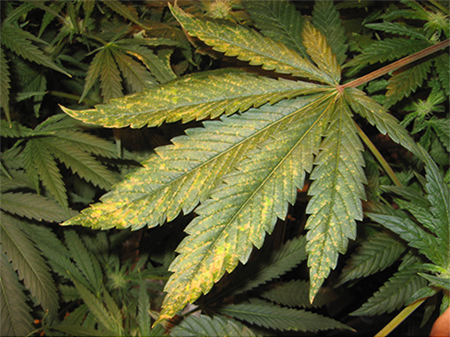 | |
The first legal user of cannabis for medical reasons was in the 1970s by a glaucoma patient who noticed that the characteristic halos around lights he’d see when his intraocular pressure (IOP) went up disappeared when he smoked marijuana. He successfully petitioned the court to be able to obtain and use marijuana for his glaucoma. This prompted interest in researching the use of cannabis to treat glaucoma, but because cannabis is a Schedule I drug, along with heroin and LSD, various governmental entities must grant permission for the research to proceed. As a result, studies have been limited.
Another concern is that patients may not understand the distinction between THC, the psychoactive compound that also lowers intraocular pressure, and CBD, which is legally available in oil, tablet, gummy, and other forms and is gaining popularity to ease symptoms of a variety of conditions. CBD and THC have the same chemical formula, but the way the atoms are arranged is different. That gives CBD and THC different chemical properties, and they affect the body differently. There have been few studies of the effect of CBD on glaucoma, but those small-scale studies have found no IOP-lowering effects from CBD in low doses. In fact, some studies found transient IOP elevation with higher doses.
While smoking marijuana does lower the eye pressure, its effect on IOP only lasts 3-4 hours, meaning that to lower eye pressure around the clock, it would have to be smoked 6-8 times a day. What’s more, marijuana’s mood-altering effects prevent the patient using it from driving, operating heavy machinery, and functioning at maximum mental capacity. Marijuana cigarettes also contain hundreds of compounds that damage the lungs, and the chronic, frequent use of marijuana can damage the brain. (Note: Inhaling THC has so far been the more effective way to lower IOP as opposed to drops, which seem to have no effect.) Of particular concern is that although marijuana use lowers IOP, it also lowers blood pressure. Lower blood pressure could result in reduced blood supply to the optic nerve, which in turn might harm the optic nerve. Due to that effect, it’s possible that marijuana use could make vision loss from glaucoma worse.
Glaucoma treatment depends on consistently lower IOP. Ideally, in order to make cannabis a feasible treatment for glaucoma, it should lower pressure for 24 hours—not just three hours. And the optimal dosing regimen must be determined. Much more study is needed. Because of the Schedule I status, research on cannabis basically ceased in the 1980s. Limited high-quality data has impacted the current American Academy of Ophthalmology, American Optometric Association, and American Glaucoma Society positions on the use of cannabis to treat glaucoma. They don’t support it, largely because there’s too little information to justify such support. Until there is more information on cannabis, there are lifestyle changes to assist with glaucoma management ECPs can safely recommend to patients. Options like stress reduction, aerobic activity, limitation of caffeine, and mindful meditation are safe places to start.












